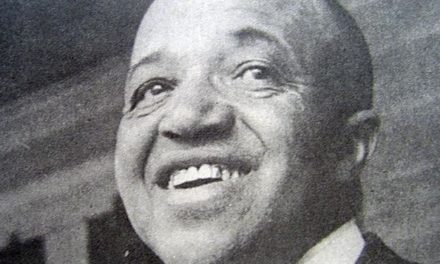
Emory’s Center for Creativity & Arts (CCA) announced the launch of a visual arts integrated co-major in light of the September 2012 department changes enacted by College Dean Robin Forman, which officially closes Emory’s Visual Arts Department at the end of this semester.
The executive committee of the CCA, a resource designed to advance arts programming at Emory by supporting teaching and research for students and fostering interdisciplinary collaboration, developed the new Integrated Visual Arts Co-Major (IVAC).
The new program will allow students who have already declared a primary major to apply for the co-major starting in the fall of 2014, according to CCA Director Leslie Taylor.
Students enrolled in the program will have to complete nine courses in total.
Two of these courses will be in the Art History department, one in an upper level course in their other declared major, five IVAC-approved courses offered in the Film and Media Studies and Theater and Dance departments and a final senior seminar that is required for all students.
Members of the Executive Committee of the CCA began developing the program after the College of Arts and Sciences announced the suspension various academic departments, including the Department of Visual Arts, in September 2012, Taylor said.
Many of the classes that previously existed under the Visual Arts department will still not be offered as a result of faculty dismissals from the department cuts. Some faculty members will be teaching their courses in other departments starting in the fall, like Film and Media Studies and Art History.
Before this announcement, there had never been a stand-alone Visual Arts major. It had previously been a co-major with Art History as well as a minor. Taylor said that in the time between the announcement of the department changes and now, there could have been prospective students who chose not to attend Emory because of the absence of the department.
College sophomore Emily Pardue, who will transfer to the University of Georgia in the fall, said the department changes was a contributing factor in her decision to leave Emory because, after deciding she wanted to pursue visual arts as a career, she found that Emory was eliminating the classes she needed.
“To me, it doesn’t really seem like a visual arts major, it seems like a film and theater and art history major,” Pardue said. “You just don’t have the same range of classes that you did before.”
Like Pardue, College junior Nandita Vanka does not believe the new program is an adequate replacement for the old department, but it may appeal to students who are interested in the visual arts but may not continue studying it long-term.
“My one art class in the visual arts department as a freshman was one of the most formative college experiences I’ve had at Emory,” said Vanka.
She added that the fact that a visual arts component remains at all is a step in the right direction, although not for students interested in pursuing the visual arts as a career.
Indeed, Taylor said a focus of these conversations was to examine how the study of visual arts looks different in today’s day and age.
Taylor stated that conversations about this program’s development have been in the works for the past year and a half.
“It was a real joint effort,” she said.
A CCA press release obtained from Communications Coordinator Nicholas Surbey stated that classes in the new major will include art history, painting, sculpting, photography, filmmaking and digital media.
Examples of IVAC-approved courses include ones in costume and set design, documentary filmmaking and choreography among others, according to the CCA website.
The website contains a complete list of IVAC approved courses as well as detailed requirements for the major.
When students apply for the program, which the website says would ideally be during their sophomore year, they must include a portfolio of images in the medium of the artist’s choosing, an essay of intent, a letter of recommendation and a transcript.
Taylor noted that different students will have different course material based on their primary area of interest. For example, Taylor said, students interested in areas ranging from film to biology could integrate their studies to the new program.
“I hope it encourages students to think interdisciplinarily,” Taylor said.
The CCA will hold an information session for students interested in learning about the new co-major on April 29 at the Schwartz Center for the Performing Arts.
“I hope that we have a good cohort of students interested,” Taylor said.
Information about the major has also been disseminated to the admissions office, and an additional arts tour will be a new component for visiting students in addition to a general campus tour.
– By Rupsha Basu
The Emory Wheel was founded in 1919 and is currently the only independent, student-run newspaper of Emory University. The Wheel publishes weekly on Wednesdays during the academic year, except during University holidays and scheduled publication intermissions.
The Wheel is financially and editorially independent from the University. All of its content is generated by the Wheel’s more than 100 student staff members and contributing writers, and its printing costs are covered by profits from self-generated advertising sales.





